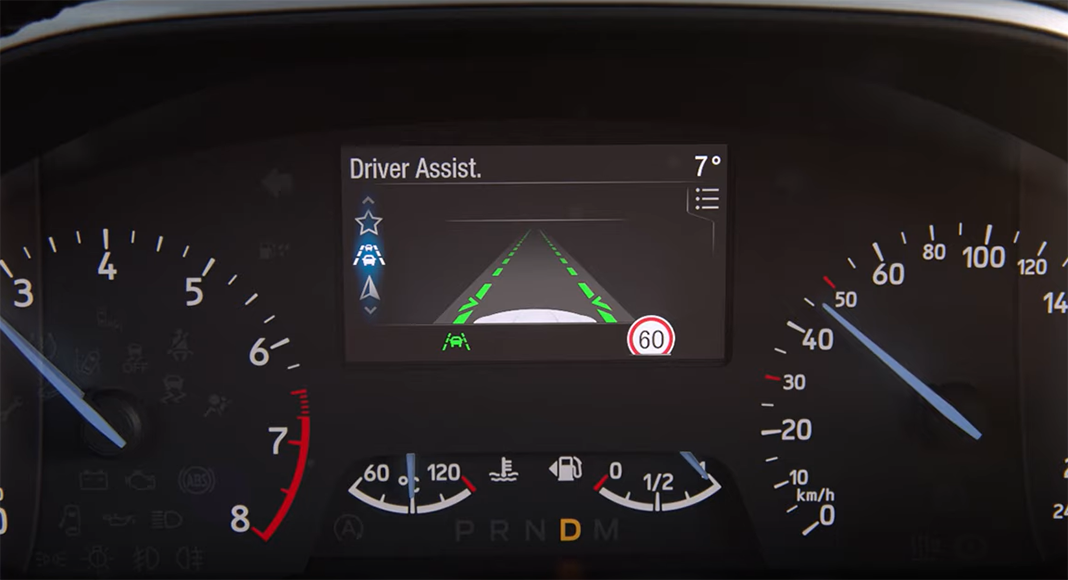New technology which scans the road ahead and can gently steer vehicles back on track when needed, has been unveiled.
Designed for use on rural roads at speeds of 45-70mph, Ford’s Road Edge Detection uses a camera located below the rear view mirror to monitor road edges 50m in front of the vehicle and 7m to the side.
Where a paved road becomes a soft verge, gravel hard shoulder or grass, the system provides gentle steering support as required to prevent the vehicle from drifting off the carriageway.
“Rural roads can be every bit as challenging for drivers as urban streets – especially for those who may be unfamiliar with their route,” said Rüdiger Kieneke, Ford Driver Assistance and Safety Electronics engineer.
“Road Edge Detection helps alleviate one concern to make journeys more comfortable and easier.”
The system features an algorithm, added to Ford’s existing Lane-Keeping Aid, that determines when there are clear structural changes from the road to the area beside the road. It can also provide steering support on marked roads when the lane marking is obscured or hidden by snow, leaves or rain.
If the driver is still close to the edge following initial steering support, the system vibrates the steering wheel, to prompt the driver to steer. At night, the system uses the illumination from the headlights and functions as effectively as during the day.
Road Edge Detection as part of Lane-Keeping Aid is standard on Focus, Kuga and Puma, and will be part of the expanding driver assistance technologies being rolled out to new Ford vehicles.



















